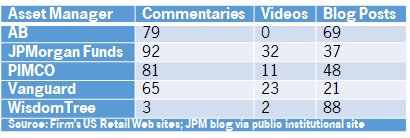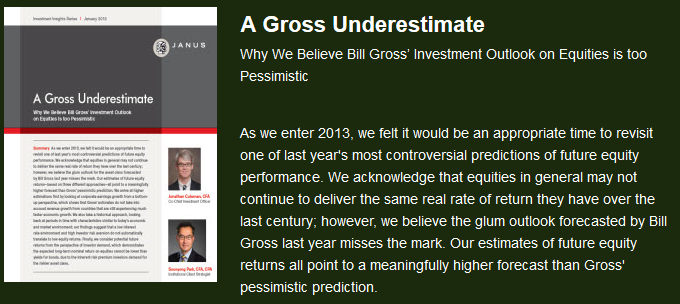Best Blogs of the Week #200
Four interesting posts (from last week, so no mention of Monday’s wild day for US equities) to share covering domestic and international issues.
Wrestling with the Costs of Crumbling Infrastructure –Lord Abbett
“There is some talk that oil price declines have made room for a gasoline tax hike, but otherwise, infrastructure spending will remain hostage to the many other demands already straining federal, state, and local budgets,” said Milton Ezrati.
Macro Matters: China’s Currency Move –PIMCO
If China were merely to embark on aggressive currency depreciation without further domestic monetary easing and market reforms, this should be seen as bad news. Chinese exporters would gain a competitive advantage…
3 Things the European Investment-Grade Fixed Income Team Talked About Last Week –Pioneer (interesting post; rough title) –
“Perhaps the reason that global bonds initially rallied was that the Renminbi (RMB) move was seen as a global deflationary move. A weaker RMB (and other Asian currencies) should mean weaker commodity prices…”
Thoughts from the China Beige Book –WisdomTree
“… the Chinese currency appreciated by over 20%. The rise in the dollar resulted in the yuan becoming far more expensive compared to its Asian neighbors, which corroded its competitiveness. Given this steep rise in the value of the yuan, the 3% devaluation is rather small by comparison.”








